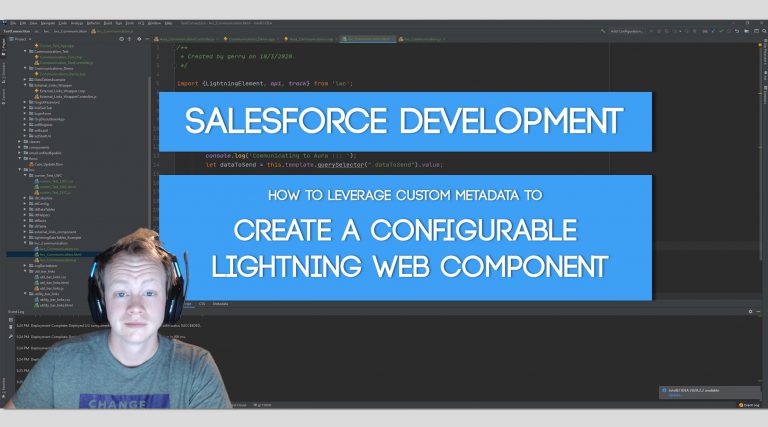Salesforce Development (LWC) : Creating a configurable Lightning Web Component using Custom Metadata
What is Custom Metadata and why would we create a configurable Lightning Web Component? Custom Metadata is a wonderful thing. You set it up much like a custom object, but you use it for an entirely different purpose. Typically you use custom metadata much like you would utilize a config file in many other development…
